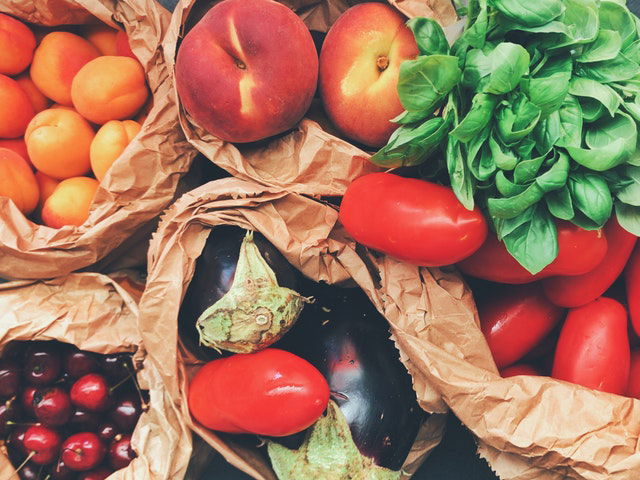
Cholesterol is a fatty substance carried around the body in the blood.
There are two types of forms, low density lipoprotein, or LDL, and high-density lipoprotein, HDL.
LDL cholesterol is often referred as bad cholesterol, while HDL cholesterol is referred as good cholesterol.
Unhealthy cholesterol levels in the blood are big risk factors for heart disease and stroke. Luckily, you can maintain healthy cholesterol levels by smart eating.
There are several foods you can eat to have healthy cholesterol levels.
Fatty fish. Experts suggest that eating fish 2-3 times a week can lower LDL. Using fatty fish to replace meat can reduce LDL because you get less saturated fats.
In addition, fatty fish is rich in omega-3 fats, which can help lower LDL.
Omega-3s reduce triglycerides in the bloodstream and protect the heart by helping prevent the onset of abnormal heart rhythms.
Nuts. Research shows that eating almonds, walnuts, peanuts and other nuts is good for the heart. Eating 2 ounces of nuts every day can help lower LDL.
Beans. Research shows that beans are full of dietary fiber, which can improve digestion and reduce the risk of obesity and type 2 diabetes.
Many beans can help you achieve the health goal. This include lentils, garbanzos and black-eyed peas.
Oats. Another easy way to lower LDL in the blood is to eat oatmeal or oat-based cereal. It gives you 1-2 grams of soluble fiber. Fruit like banana and strawberries can provide another half-gram.
Food fortified with sterols and stanols. The two elements are extracted from plants. They can help the body absorb less cholesterol from food.
These elements can be fortified in many foods, including margarine, granola bars, chocolate and orange juice.
To have healthy blood cholesterol levels, you also need to avoid some foods.
Foods high in saturated fats. This means you need to eat less red meat, milk and other dairy products, coconut oil, and palm oil. These foods can directly blood LDL.
You can replace full fat milk with low-fat or skim milk, extra-lean ground beef for regular beef, olive oil or other vegetable oil for butter and lard, and fish or chicken for pork, lamb and beef.
Foods high in trans fats. Trans fats are a byproduct of the chemical reaction that turns liquid vegetable oil into solid margarine or shortening and that prevents liquid vegetable oils from turning rancid.
Trans fats can boost LDL while reducing HDL. They also make blood clots inside blood vessels.
Many processed foods, like cake and biscuits, can be high in trans fats. Try to use whole foods replace processed foods.
Copyright © 2018 Knowridge Science Report. All rights reserved.



